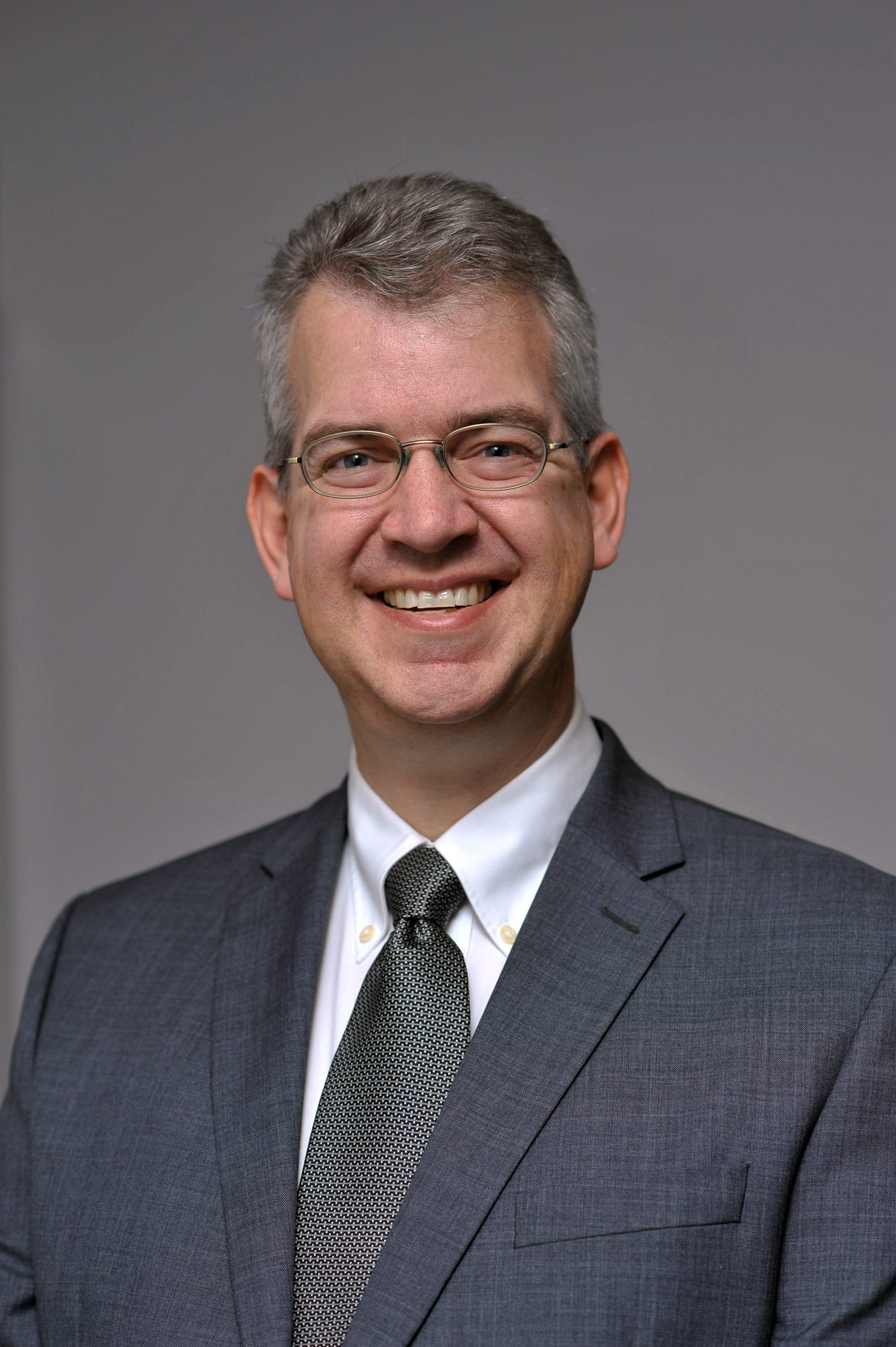ALBUQUERQUE, N.M. — A decade ago, while studying potential corrosion of containers for the proposed Yucca Mountain nuclear waste repository in Nevada, Sandia National Laboratories materials scientist David Enos designed an intricate solution to a sticky problem.
Computer simulations showed the likelihood of unusually high heat and humidity deep inside the repository. Temperatures would rise above 200 degrees Celsius (392 degrees Fahrenheit), and the environment would be nearly pure steam; the corrosion science team he led had no way of recreating those conditions in the lab.
Enos had an idea. He rigged a steam generator to pipe directly into a sealed test chamber inside the belly of an oven, creating what may be the world’s smallest and most unbearable sauna.
With that, he demonstrated that protective barrier materials for the waste containers would hold up in the intense environment. He later used the same system to evaluate storage containers used for spent nuclear fuel across the country.
The Yucca Mountain research and other innovative solutions earned Enos election as a fellow of NACE International, the chief professional society for corrosion engineering. He is the first Sandia employee to receive the honor.
The organization cites Enos’ “significant contributions to corrosion science and engineering for protecting materials in complex environments, his leadership and for mentoring a number of students in the field of corrosion.”
“Corrosion is a critical degradation mechanism for our nuclear weapons stockpile since there are many corrosion processes, and weapons are fielded for decades in diverse environments,” said Wahid Hermina, Enos’ senior manager. “David is a key player for understanding corrosion mechanisms and how we can mitigate them.”
The need to understand corrosion and related environmental degradation processes is more pressing at Sandia, which designs more than 95 percent of the non-nuclear components of nuclear weapons, than in other industries. If a consumer electronic “dies in five years, you don’t even want that device anymore. You get a new one,” said Enos. “We obviously can’t do that. When Sandia builds a device, we need it to last for 30 years, and sometimes even longer.”
Watching electronics corrode
On another assignment, Enos developed an advanced optical system to record images of corrosion as it grows over time in exacerbating conditions. The system protects a sample from contamination by allowing it to remain in a test chamber. The device allowed Enos to watch the processes that degrade materials in a whole new way and led to a new theory that finally explained sulfidation corrosion on electronic connectors.
“David has an amazing eye for details and has helped solve a wide range of technical problems both inside and outside of the field of corrosion science,” said Coby Davis, Enos’ manager. “This broad exposure combined with an impressive memory allows David to see opportunities and connections between problems that others will frequently overlook.”
Enos has for many years been an active member of NACE, formerly called the National Association of Corrosion Engineers. He enjoys the opportunities the society gives him to help students access scholarships, classes and high-quality professional experiences. This year, he chaired the student poster session at the organization’s annual conference.
“We try to provide venues where students can present their work, and we make sure each student has the chance to engage with technical experts about corrosion science and engineering, to discuss their research with them, respond to questions and just get some fresh eyes on their work,” Enos said.
Fellows are a broad group of technical and professional leaders who serve as advisers to the association. As a fellow, Enos will serve as an expert resource both inside and outside the organization — potentially helping people from around the world with new and challenging corrosion issues that he has never seen.
And that’s something he says he’s very excited about.
